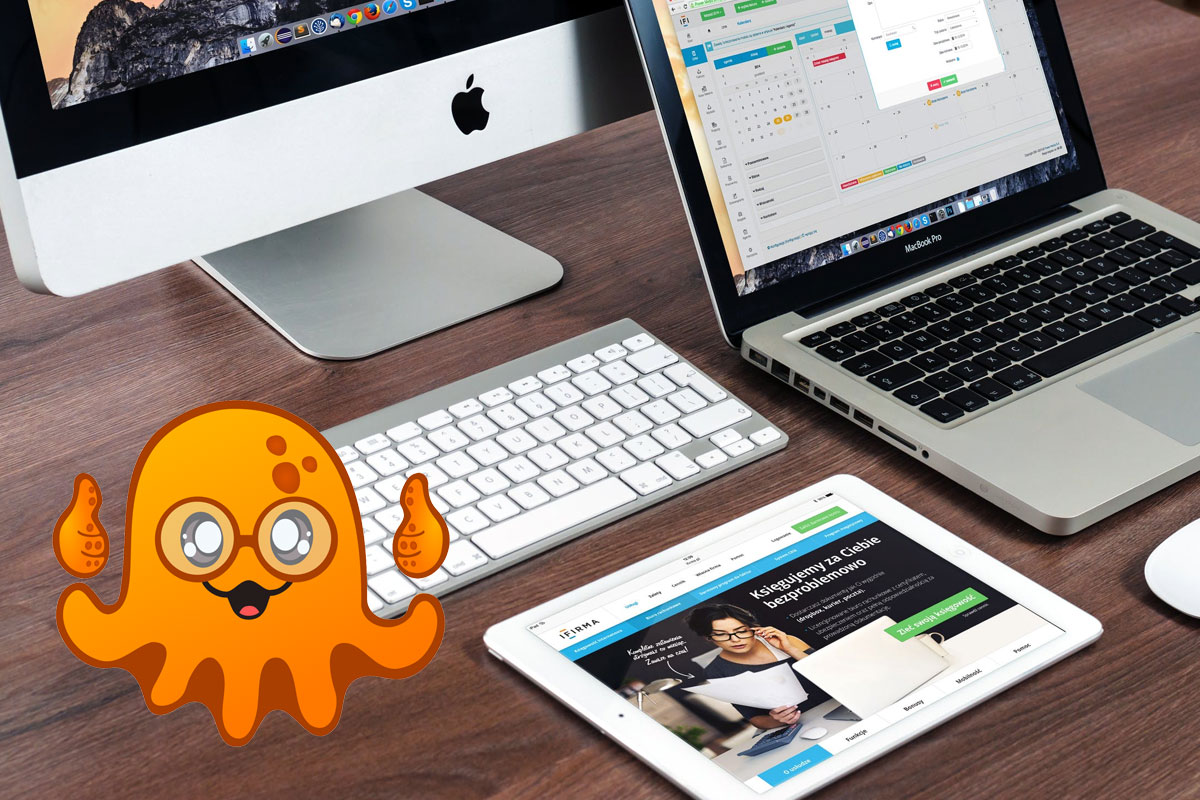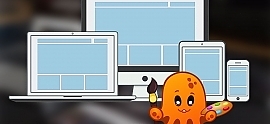For many businesses, their website is their primary customer interface.
It's the place where people first discover your brand, ask questions and learn about your products, and send others to check out what you have to offer.
But when a potential customer lands on your homepage, do they immediately understand what you do and who you are as a brand? And more importantly, do they stick around long enough to make a purchase?
If you're not sure, it's time for a change. Here are our top 6 tips for how to improve a website through great design.
1. Start with a Plan
The reason that so many people struggle when trying to design a website from scratch is that they jump straight into web development without creating a plan. Before your fingers ever touch the keyboard, you should have a detailed sketch of what you want your website to look like, how it will flow from page to page, and what content you want to include.
The best way to begin is by gathering a team of people for a brainstorming and wireframing session. Start by outlining your buyer's journey: when someone visits your website for the first time, what steps will they need to take to move further down the sales funnel? What page elements and types of content will you need to create to help them along?
Next, take that information and make a physical paper sketch of what you want your website to look like. While looking at it, put yourself in a customer's shoes. Would you find the site easy and enjoyable to navigate, and would you notice all the important information?
After your sketch is complete, you can start with the actual web design. Just be sure to always make the user's experience a priority, and adjust any parts of your site that feel clunky or unintuitive as you go.
2. Embrace Simplicity
Playing around with colors, animation, and website Plugins can help your brand's unique personality shine through. But be wary of going overboard—websites that are too complex can make visitors feel uncomfortable and overstimulated.
People browsing the internet only have an attention span of a few seconds. As such, it's vital to keep your pages and navigation simple enough that visitors know exactly what to do when they arrive. Plus, as the famous jam sales experiment shows, fewer choices can sometimes lead to a higher conversion rate.
3. Focus on Readability
One of the most important website design tips for businesses in every niche is to improve your site's readability. The things that make internet content readable differ from printed material.
Remember your audience's short attention span and keep your paragraphs to three or fewer sentences with double spacing in between them. Large chunks of text can be broken up with media, bulleted lists, or quote blocks. Also, make sure to use apps like Hemingway or Grammarly to catch complicated phrases and spelling mistakes.
All in all, the goal is to make sure that visitors to your site will come away with the main message even if they only scanned the page.
4. Highlight Your CTA
A strong call-to-action might be the number one most important part of a sales funnel. But if no one can find the CTA on your website, it doesn't matter how well-written it is. If someone is quickly scanning through your site, the CTA should be the one thing that catches their eye.
A great way to tell if your CTA stands out on the page is to use the "squint test." Open your website, step back a couple of feet from the computer screen, and squint your eyes. Does the CTA still stand out?
If not, try adding in some color, bold text, an outlined box, or even a popup to make sure that it can't be missed.
5. Design with Devices in Mind
60% of small businesses have a website that isn't optimized for mobile devices. But in this era of smartphones and tablets, ignoring mobile internet users is setting yourself up for failure.
There are two main elements to mobile design. First, people browsing the web on a phone are more interested in media, like photos and videos, than people browsing on a desktop. Second, mobile device screens vary in size and shape, meaning that an un-optimized website won't appear the same on all of them.
The solution? Build your website with responsive design so that it displays and loads correctly on both mobile and desktop devices.
6. Keep It Cohesive
Consistency is what makes your company recognizable among a sea of competitors. Your customers should be able to look at your website and your products and see cohesive branding throughout.
Take time to design a style guide that includes your logos, primary and accent colors, font choices, and any specific terminology you'd like to use throughout the site. It's a good idea to include the hex codes and RGB values of your chosen colors and provide links to your font and image files. Be as specific as possible, because this guide will save you a lot of time and guessing down the road!
Whenever you add a design element to your website, use the style guide as a reference. This improves the user experience by creating a sense of flow from one page to the next.
How to Improve a Website Without Any Design Experience
If you follow our tips for how to improve a website, you're well on your way toward great design. But if you don't have the time or resources for a DIY online presence overhaul, we're here to help.
At Optuno, we consult with you first to get a feel for your vision. Then, we take care of every step in the process from A to Z, even maintaining your site after it's published.
Whether you're looking for a traditional website or an e-commerce page, Optuno has a customized plan to get you up and running in no time—without breaking the bank. Check out our service plans or give us a call today to see how we can help you create a site that's beautiful, functional, and 100% yours.




 View Printer Friendly Version
View Printer Friendly Version








